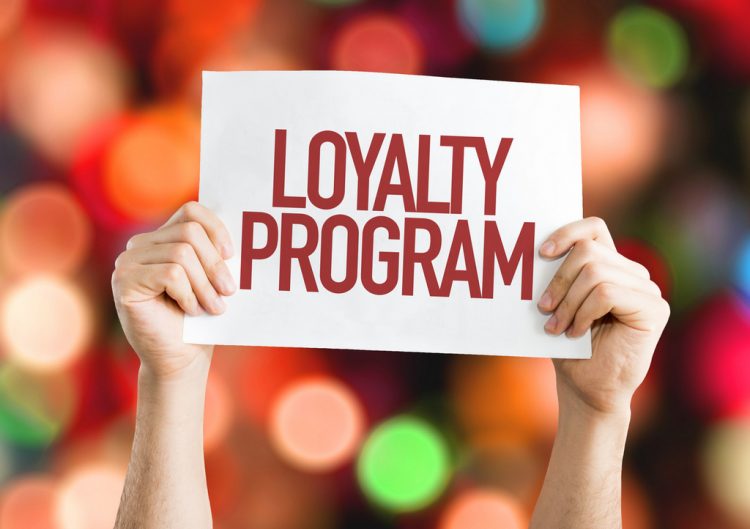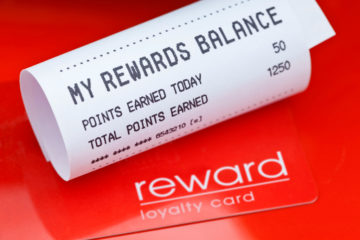Loyalty programs in retail today: go beyond economic rewards

In a world characterized by increasingly demanding consumers, with access to more and more information and more digital, traditional loyalty programs based on economic rewards according to their transactional activity are today increasingly considered as undifferentiated and deficient. Thus, today’s most advanced brands and retailers in this field are in the process of evolving, or have already done so, towards loyalty programs based on a combination of products, services, and experiences, offering not only economic benefits to their customers, but also emotional and social ones, where the term ecosystem plays a fundamental role.
Phases in the evolution of a loyalty program
As the consulting firm McKinsey points out, within this transformation, brands and retailers typically transit through three phases:
- A first phase in which they move from a model based solely on economic rewards to one that also includes experiential and content benefits.
- A second phase in which they move from siloed programs to programs that combine benefits from their different offerings. For example, Amazon Prime, which includes access to different Amazon offers, such as Prime Video, Prime Music, or Prime Reading.
- And a third phase, which represents the transition to the most mature stage, in which loyalty programs move out the company itself, to be based on benefits offered in collaboration with an ecosystem of partners.
Loyalty programs based on an ecosystem of partners
An example of this type of ecosystem-based program is Alibaba’s 88VIP program. Its members can enjoy access to various Alibaba platforms, but in addition to this ecosystem, 88VIP partners with other providers to offer a broader range of benefits (travel, health…). One of the reasons why programs of this type are so well-received in China is the greater permissiveness of Chinese buyers in sharing their data, which facilitates brands and retailers to analyze and delve deeper into the customer journey. Data and customer information are becoming increasingly important.
The success of this last type of programs based on partner ecosystems is built on several key aspects such as:
- Simplifying the conditions for program entry as much as possible;
- Having a single and integrated information of the customer’s activity through the different platforms of the ecosystem partners, which means being able to share data between them;
- Define different levels (tiered loyalty programs) adapted to the spending level of different buyer profiles, offering the option of subscription for access to more differentiated or exclusive benefits, both in terms of prices and products, services and events;
- Use the loyalty program to go beyond retention, and turn it into a tool for attracting new customers, encouraging network promotion by its members and maintaining an active community.
Today, many brands have evolved their loyalty programs towards models of this type. International brands and leaders such as Nike, Sephora, Starbucks, The North Face, Fnac, and many others, whose analysis can be an excellent exercise to understand how our loyalty plan is positioned in the market today and whether it is adapted to the new reality.
Is your loyalty program still based exclusively on economic rewards? Be careful, you may not know it but you are losing money and customers.



